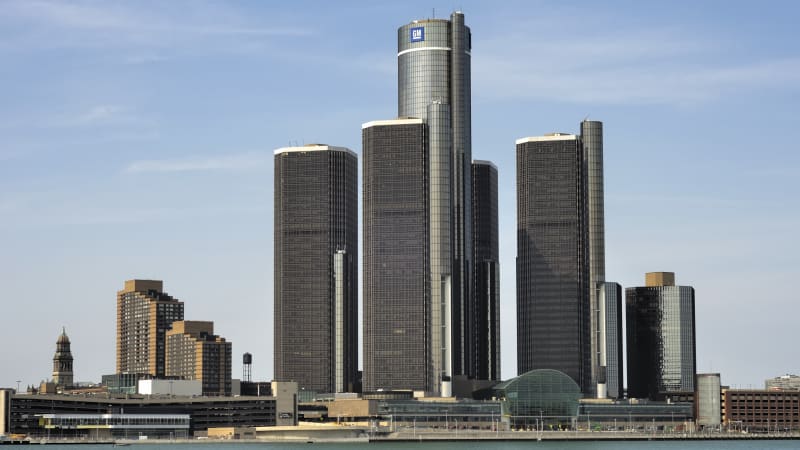General Motors plans to relocate its global headquarters to the new Hudson’s Detroit complex in 2025, abandoning its iconic Renaissance Center location. GM will continue to own the RenCen, as it’s called, and will join a partnership with real estate firm Bedrock, the city of Detroit and Wayne County to redevelop the cluster of towers that dominate Detroit’s skyline.
GM will be the anchor tenant of Bedrock’s Hudson’s Detroit project, which is built on the site of the former J.L. Hudson Department Store. This will be GM’s fourth headquarters site in Detroit. The location is on Woodward Avenue, where GM established its first HQ in 1911.
GM will enter into a 15-year lease for top office floors in the Hudson’s complex, along with street-level space to showcase its vehicles and for public activities. Hudson’s Detroit is a 1.5-million square-foot development that will otherwise feature ground-floor retail, a 5-star hotel, a rooftop bar, a public plaza, parking and large event spaces. It amounts to two buildings: a 12-story office building and a 45-floor hotel and residential condo tower — all with sweeping views of the Motor City.
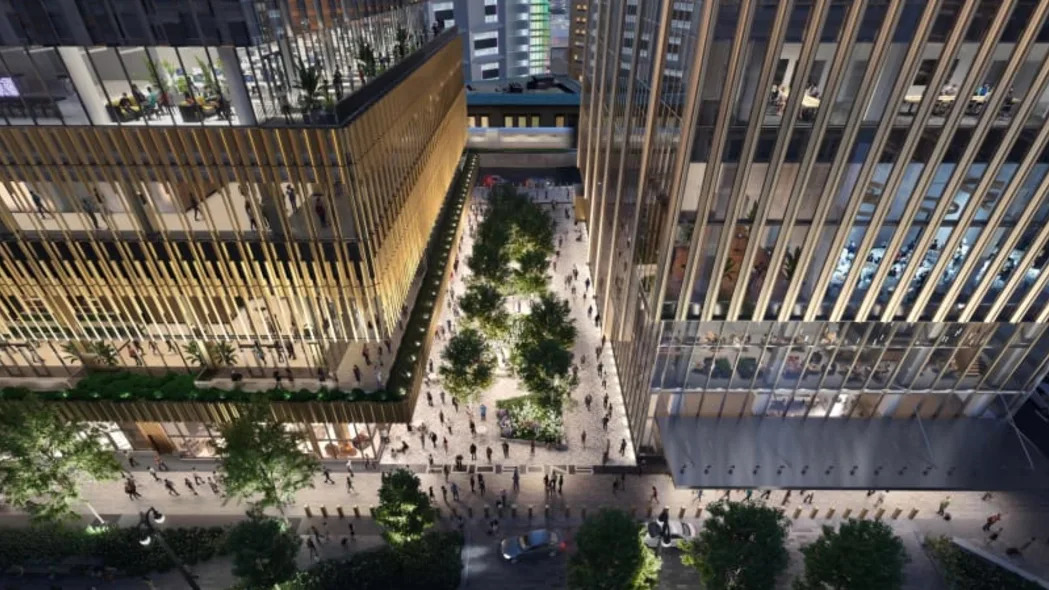
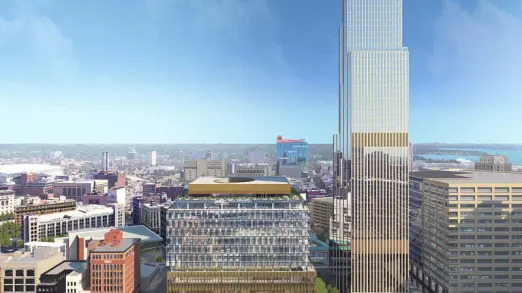
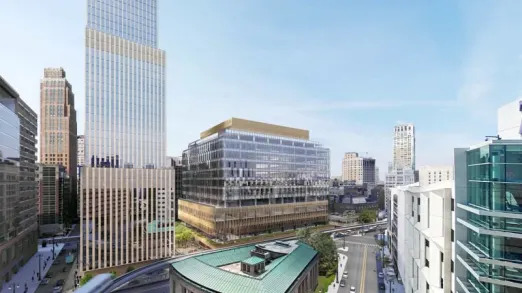
“We are proud to remain in the city of Detroit in a modern office building that fits the evolving needs of our workforce, right in the heart of downtown,” said GM Chair and CEO Mary Barra. “Our new headquarters will provide collaboration areas for our teams, executive offices and display space for our vehicles. Dan Gilbert and Bedrock have done so much to make downtown Detroit a great place to live, work and visit. We are thrilled to be a significant part of the historic Hudson’s project and also look forward to working with them to explore new ideas and opportunities for the Renaissance Center site and the riverfront.”
“For more than a century, General Motors has been synonymous with the city of Detroit, and we warmly welcome them to Hudson’s as they continue to drive the future of innovation and mobility,” said Dan Gilbert, chairman and founder of Bedrock. “I can’t think of a better organization to help define the new legacy of Hudson’s as General Motors continues to shape the way the world moves directly from Woodward Avenue in downtown Detroit.”
The deal means the automaker will remain a long-term fixture in the revival of Detroit’s downtown, which Gilbert has been spearheading by acquiring and developing 45 major office, retail and hospitality properties.
The original Hudson’s department store that was the new project’s namesake was once known as the “Big Store” and for a time was the second largest department store in the world. It closed its doors in 1983.
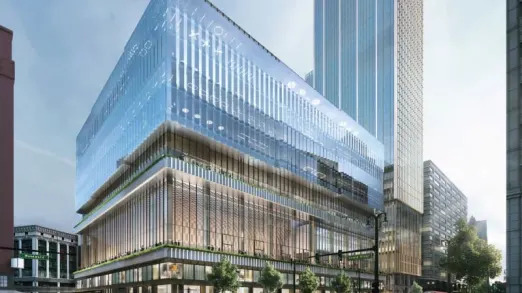
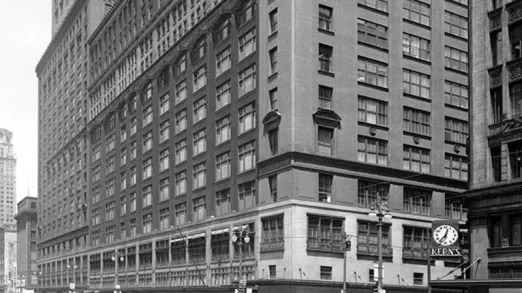
What about the RenCen?
GM’s present location, like the rest of the commercial real estate world, has been wracked with change post-pandemic. GM, in its press release, highlighted a recent study by CBRE that said 80% of current office workers are, or will be, on hybrid schedules, meaning at least part of their workweek will be done from home.
Much of GM’s workforce, including product development and engineering, is north of the city at an updated 1950s technical center in suburban Warren. After GM’s 2009 bankruptcy, the company considered moving the headquarters there.
“As we move to having more of a hybrid work structure, we have to look at what’s the right space,” Barra said in a 2022 interview.
GM’s occupancy of the RenCen towers has shrunk over the years, meaning it now occupies just 1½ of the towers in the seven-building complex. The Renaissance Center was built by Henry Ford II, who formed a coalition in the 1970s that began the reinvigoration of Detroit’s downtown. GM bought the site in 1996, part of the transformation of the Detroit riverfront and has invested more than $1 billion to those efforts over those years. The riverfront gets 3.5 million visitors per year.
GM, Bedrock, the city and county will explore the question of how to redevelop the Renaissance Center site over the next year, prior to GM’s move to Hudson’s Detroit.
Contains Associated Press and Bloomberg.

